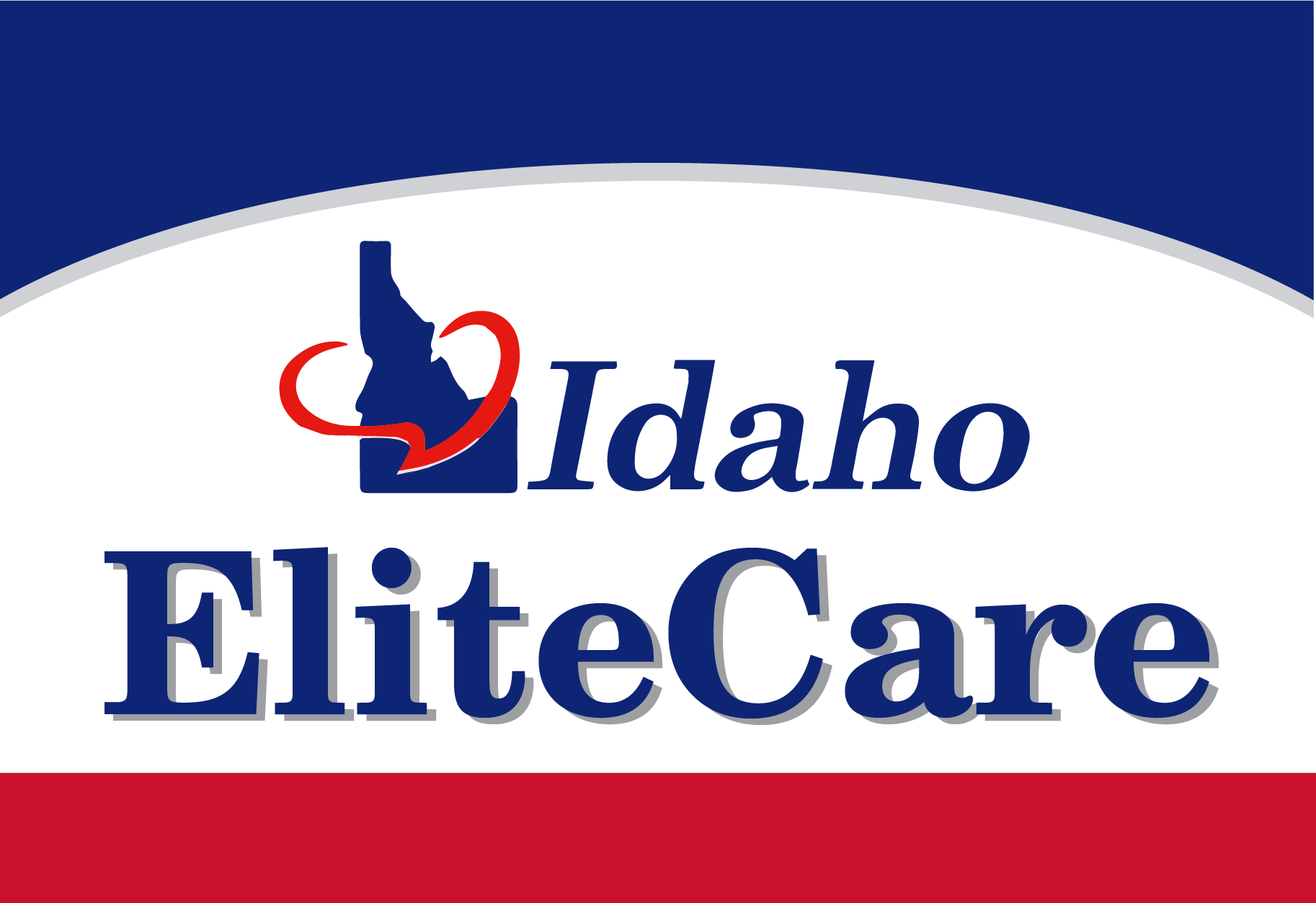What Are the Original Medicare Coverage Gaps?

Original Medicare includes Part A and Part B coverage. It provides many medical and hospital services. While this is true, a person will also have to pay the cost-sharing amounts based on Medicare standards. There are some medical costs that Original Medicare will not cover.
Coverage Gaps in Original Medicare
One of the primary coverage gaps that occur in Original Medicare is coverage for prescription drugs. Some people do not realize that Medicare Part A and Part B coverage will not cover most of the prescription medications that are taken home.
Usually, Medicare Part A will cover medications a person receives when they are an inpatient at a skilled nursing facility or a hospital. Sometimes, Medicare Part B will provide limited outpatient coverage for some of the prescriptions a person takes that they receive from the doctor’s office, such as chemotherapy or intravenous drugs.
Keep reading below to see the costs that, in most cases, are not covered by Original Medicare.
Usually, Original Medicare will not cover the following costs:
- Health coverage for individuals outside the country
- Routine vision services like contacts, glasses, or eye exams
- Nursing home care
- Routine hearing care services, including hearing aids
- Routine dental services like fillings, dentures, cleanings, or oral exams
- Routine foot care
Cost Sharing with Original Medicare
Even if you are receiving services covered by Medicare, there are limits to the coverage provided. It will be necessary for a person to pay out of their own pocket for these “gaps” in coverage.
For example, with Medicare Part A, a person may receive full coverage for treatment from a skilled nursing facility for the initial 20 days of every benefit period. After that point, an individual must pay the daily coinsurance rate if the stay at the nursing facility extends from 21 up to 100 days. Past day 101, a person’s Medicare coverage is used, and a person must pay all related costs unless they have another type of coverage.
Cost-sharing will usually include expenses such as:
- Part A deductible
- Part A coinsurance costs
- Part B copayment and coinsurance costs
- Part B deductible
Medicare Supplement insurance plans may help offset some of these costs, but it is dependent on the plan that is purchased. It is also necessary to be aware that Original Medicare does not have any out-of-pocket limit during the year. There is no limit to the medical costs each year, even if the expenses result in hundreds of thousands of dollars in fees.
What Are the Solutions to Medicare Coverage Gaps?
There are a few options when someone is trying to avoid the coverage gaps seen with Medicare plans. For example, if a person wants to remain with their Original Medicare coverage by receive assistance with cost shaving along with coverage gaps, then Medicare Supplement insurance is a smart investment. Private insurance companies sell this, and the plans will work with Original Medicare plans to cover some out-of-pocket costs, such as deductibles and copayments.
If you need assistance covering prescription drug costs, I can help you look into Medicare Part D coverage. This is a stand-alone plan that will help with medication costs. It is a good idea to enroll when someone is initially eligible for Part D, or someone may owe a late-enrollment penalty when a person signs up.
Another viable option is to have Part A or Part B services provided through Medicare Advantage plans. This is an alternative method to receive the Original Medicare benefits, as these plans deliver both Part A and B benefits through a private insurance company that is Medicare-approved. Even if someone enrolls in a Medicare Advantage plan, they are still in the Medicare program.
Some Medicare Advantage plans will also cover additional benefits, such as hearing services, dental care, vision care, prescription drugs, and specific wellness programs. An added benefit of Medicare Advantage plans is that they have a maximum out-of-pocket limit, which means there is a cap on the out-of-pocket costs. The limit could vary from one plan to the next.
In many cases, Medicare will work with other insurance types, such as retiree insurance, employer-based coverage, and veteran benefits. The types of coverage may help and fill in some of the gaps present in Medicare insurance. Take time to consider all the factors mentioned here to find the right plan for a your needs and budget, as this is going to pay off in the long run.
Don't leave your Medicare to Chance
Coverage gaps can be a scary thing, since they tend to surprise people who chose coverage without being fully informed. When you choose to work with my team, we take your needs and concerns as the first consideration. We show you plans that avoid coverage gaps and give you options based on what you need.
If you feel this article helped you, please share it! And if you have any questions, you can contact me and I will personally answer any question you have.



Sign up for our Newsletter
Once or twice per week we deliver Medicare tips straight to your email inbox. Try it, we think you'll like it!
By providing the information (above/below) I understand that Idaho Medicare, may contact me regarding Medicare Advantage Plans, Prescription Drug Plans, and Medicare Supplement Plans.
*Not connected with or endorsed by the United States government or the federal Medicare program.
Christensen Insurance
Idaho Falls, Idaho

All Rights Reserved
Idaho Medicare
ph: (208) 759-5794
*Calling the number above will direct the caller to a licensed agent.
a: 2296 N Yellowstone Hwy, Building B Suite 303, Idaho Falls, ID 83401
Serving the entirety of ID, UT, NM, MT
Medicare has neither reviewed nor endorsed this information.
Not connected with or endorsed by the United States government or the federal Medicare program.
We do not offer every plan available in your area. Any information we provide is limited to those plans we do offer in your area. Please contact Medicare.gov or 1-800-MEDICARE to get information on all your options.
By providing your name and contact information you are consenting to receive calls, text messages and/or emails from Monica Nelson at Idaho Medicare, a licensed insurance agent, about Medicare Plans at the number provided, and you agree such calls and/or text messages may use an auto-dialer or robocall, even if you are on a government do-not- call registry. This agreement is not a condition of enrollment.
This is a solicitation of insurance. Your response may generate communication from Monica Nelson, a licensed insurance agent.